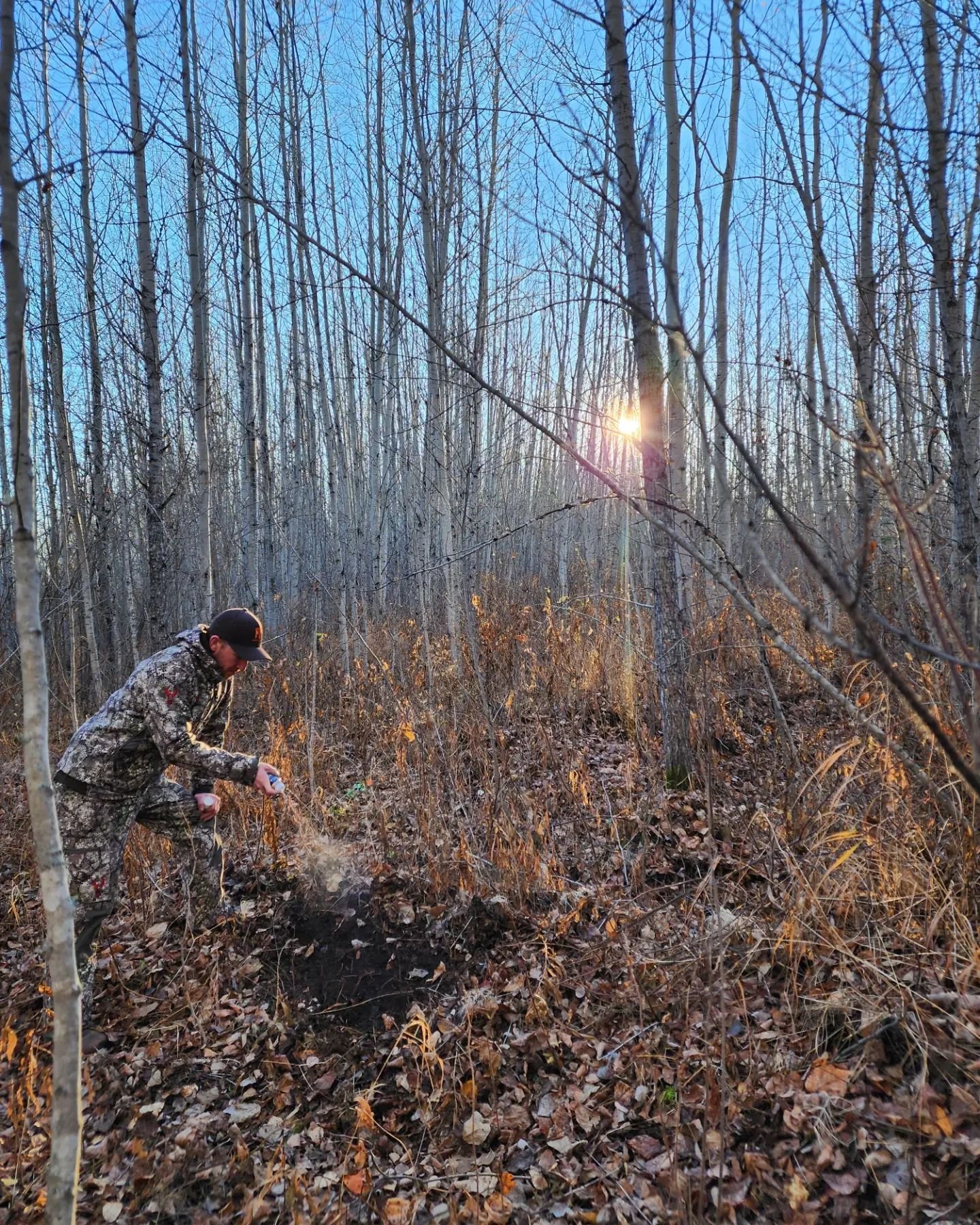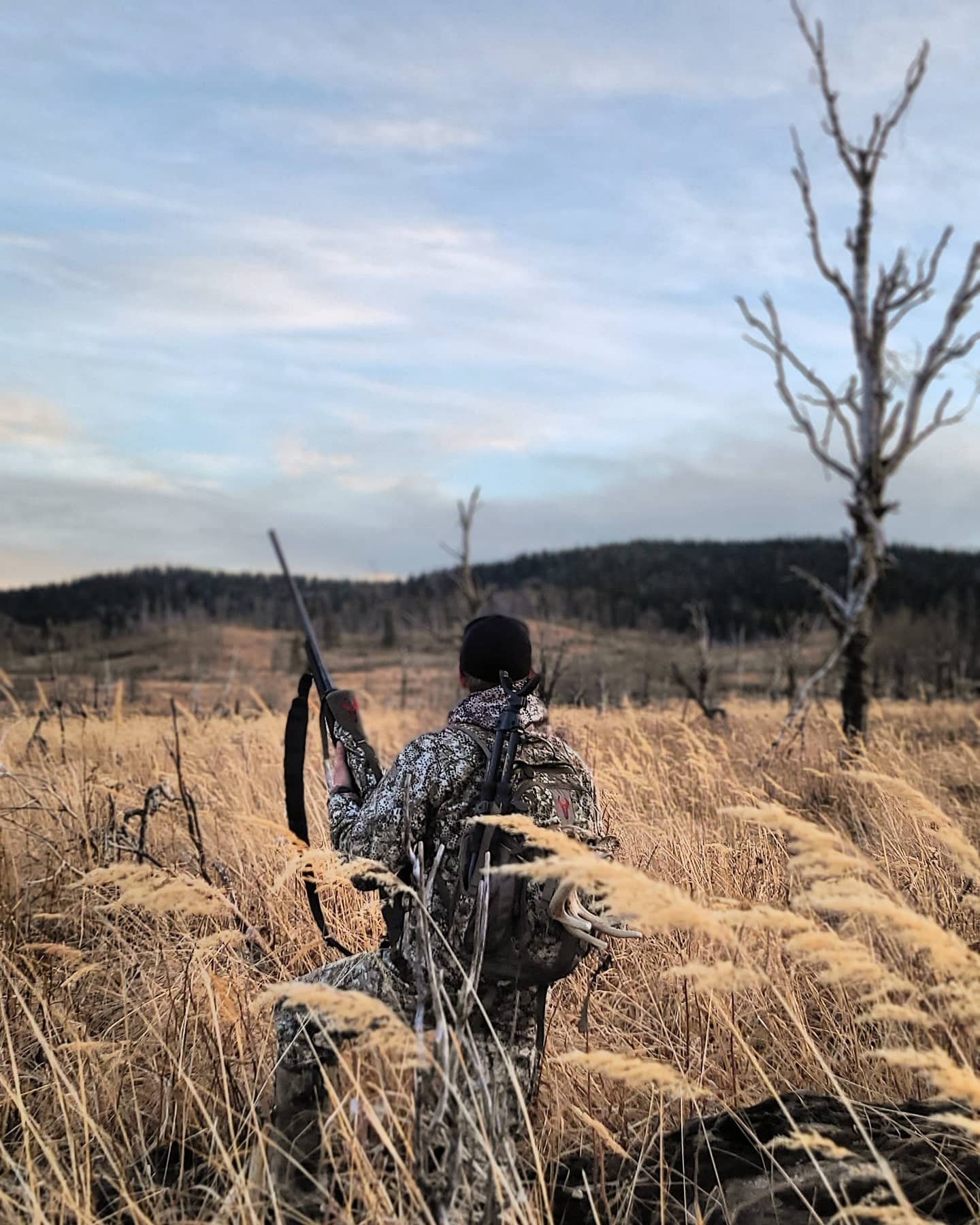Hunting the Whitetail Rut: Effective Tactics for Success
The whitetail deer rut, often referred to as the "magical time of year" for hunters, is a period when deer become more active and predictable. During this time, mature bucks lose their usual wariness as they chase does to breed. The rut offers a prime opportunity for hunters to harvest a trophy buck. To capitalize on this exciting season, it's essential to employ various hunting tactics. In this article, we will explore different strategies to help you successfully hunt whitetail deer during the rut.
Scouting and Understanding Behavior
One of the fundamental aspects of a successful whitetail deer rut hunt is scouting. Scouting involves identifying deer movement patterns, bedding areas, feeding areas, and rut-related sign such as scrapes and rubs. Understanding the behavior and preferences of the deer in your hunting area is crucial. Bucks will be more active during the rut, and by knowing their preferred travel routes, you can strategically place your stands or blinds to increase your chances of a successful hunt.
Using Mock Scrapes
Mock scrapes are a tried-and-true tactic during the rut. Create mock scrapes near your hunting location to pique the interest of bucks. Use a scent that mimics the smell of a buck or doe in estrus to lure in curious deer. By placing a trail camera near the scrape, you can monitor the activity and identify the best times to be in your stand.
Rattling and Grunting
Rattling and grunting can be highly effective during the rut, as bucks are often more responsive to these calls. Use rattling antlers to simulate the sound of two bucks fighting, which can attract the attention of nearby bucks looking to establish dominance. Grunting can also be effective in drawing bucks closer. Experiment with different sequences and volumes to see what works best in your area.
Scent Attractants
Scent attractants can help draw in bucks during the rut. Doe estrus scent, buck urine, and other deer-specific scents can be strategically placed around your hunting area. Make sure to keep these attractants fresh and periodically refresh them to maintain their effectiveness.
Hunting All Day
During the rut, deer activity can be at its peak all day long. While early mornings and late afternoons are typically prime times for hunting, don't overlook the midday hours. Bucks may be on the move at any time, so be prepared to spend an entire day in the stand during the rut.
Focus on Transition Zones
Transition zones are areas where deer move between bedding and feeding areas. These areas are prime hunting locations during the rut. Bucks will often cruise these transition zones in search of does in estrus. Set up your stands or blinds near these paths for a higher chance of intercepting a rutting buck.
Adjust Your Strategy
The rut is an ever-changing time, and deer behavior can be unpredictable. Be prepared to adjust your strategy as the rut progresses. If you're not seeing success in your current location, consider moving to another area or trying different tactics. Flexibility and adaptability are key to a successful rut hunt.
Conclusion
The whitetail deer rut is a thrilling time for hunters, offering a unique opportunity to harvest a trophy buck. By employing a variety of hunting tactics, including scouting, using mock scrapes, calling, and paying attention to deer behavior, you can increase your chances of success during this exciting season. Remember that patience and adaptability are essential, as the rut can be unpredictable. With dedication and a bit of luck, you can have a memorable and successful whitetail deer rut hunt.




